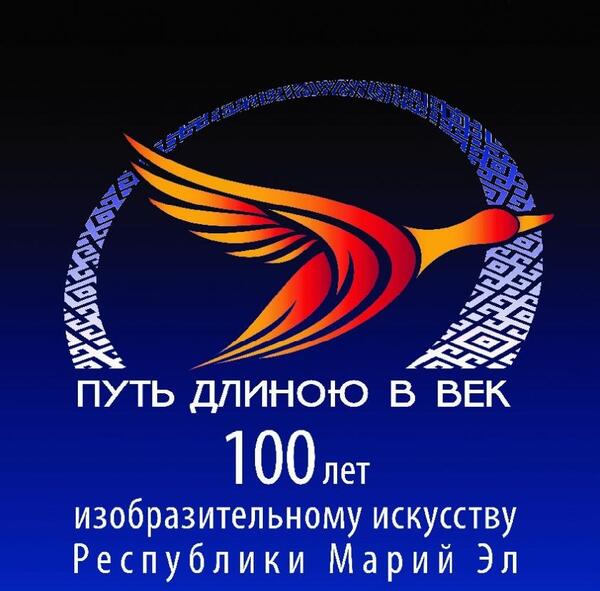The Republican Museum of Fine Arts in the city of Yoshkar-Ola purposefully forms a collection of contemporary Mari fine art. Since its foundation, the museum has become a platform for artists living in the Mari land.
The Mari fine art originated and developed in parallel with the formation of national statehood. It reflected the path of the Mari Republic from an autonomous oblast to its modern status as a subject of the Russian Federation.
The works of ethnographic realism of the 1920s and 1930s comprehensively captured the traditional way of life of the Mari people in the first quarter of the 20th century. The changes that took place in the life of the Mari people over the next 50 years, including the modernization of economy, the emergence of professional artistic culture and education, the hardships of wartime and the worries of building a life in peace — all this was reflected in the canvases created in the style of Socialist Realism.
The Mari branch of the Artists’ Union of the Russian Soviet Federative Socialist Republic was established in 1961 which was of particular importance for the All-Union recognition of the museum.
Within the framework of late Socialist Realism, a neo-romantic artistic trend appeared in the USSR. The national theme in Mari art obtained a new lyrical and epic intonation. A myriad of young Mari artists entered the art scene of the republic, who set a new level of depth of artistic understanding of the ethno-national principle.
Ethnofuturism has become a striking phenomenon of modern times. It is based on neo-mythologism, that is myth-making as an artistic modeling of Mari ethnic identity.
The Mari fine art originated and developed in parallel with the formation of national statehood. It reflected the path of the Mari Republic from an autonomous oblast to its modern status as a subject of the Russian Federation.
The works of ethnographic realism of the 1920s and 1930s comprehensively captured the traditional way of life of the Mari people in the first quarter of the 20th century. The changes that took place in the life of the Mari people over the next 50 years, including the modernization of economy, the emergence of professional artistic culture and education, the hardships of wartime and the worries of building a life in peace — all this was reflected in the canvases created in the style of Socialist Realism.
The Mari branch of the Artists’ Union of the Russian Soviet Federative Socialist Republic was established in 1961 which was of particular importance for the All-Union recognition of the museum.
Within the framework of late Socialist Realism, a neo-romantic artistic trend appeared in the USSR. The national theme in Mari art obtained a new lyrical and epic intonation. A myriad of young Mari artists entered the art scene of the republic, who set a new level of depth of artistic understanding of the ethno-national principle.
Ethnofuturism has become a striking phenomenon of modern times. It is based on neo-mythologism, that is myth-making as an artistic modeling of Mari ethnic identity.
Exhibits are marked with AR stickers for identification purposes.

